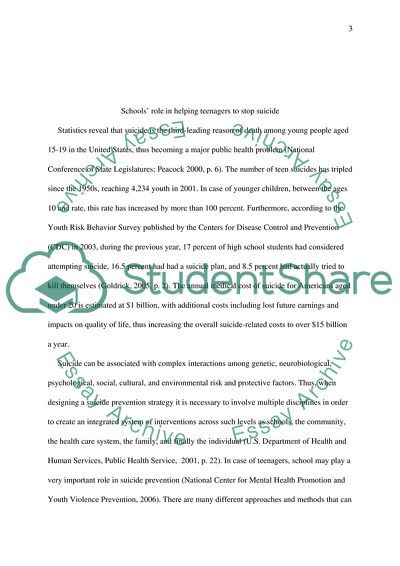Cite this document
(Schools Role in Helping Teenagers to Stop Suicide Essay, n.d.)
Schools Role in Helping Teenagers to Stop Suicide Essay. Retrieved from https://studentshare.org/sociology/1731743-schools-role-by-helping-teenagers-to-stop-suicide
Schools Role in Helping Teenagers to Stop Suicide Essay. Retrieved from https://studentshare.org/sociology/1731743-schools-role-by-helping-teenagers-to-stop-suicide
(Schools Role in Helping Teenagers to Stop Suicide Essay)
Schools Role in Helping Teenagers to Stop Suicide Essay. https://studentshare.org/sociology/1731743-schools-role-by-helping-teenagers-to-stop-suicide.
Schools Role in Helping Teenagers to Stop Suicide Essay. https://studentshare.org/sociology/1731743-schools-role-by-helping-teenagers-to-stop-suicide.
“Schools Role in Helping Teenagers to Stop Suicide Essay”, n.d. https://studentshare.org/sociology/1731743-schools-role-by-helping-teenagers-to-stop-suicide.


